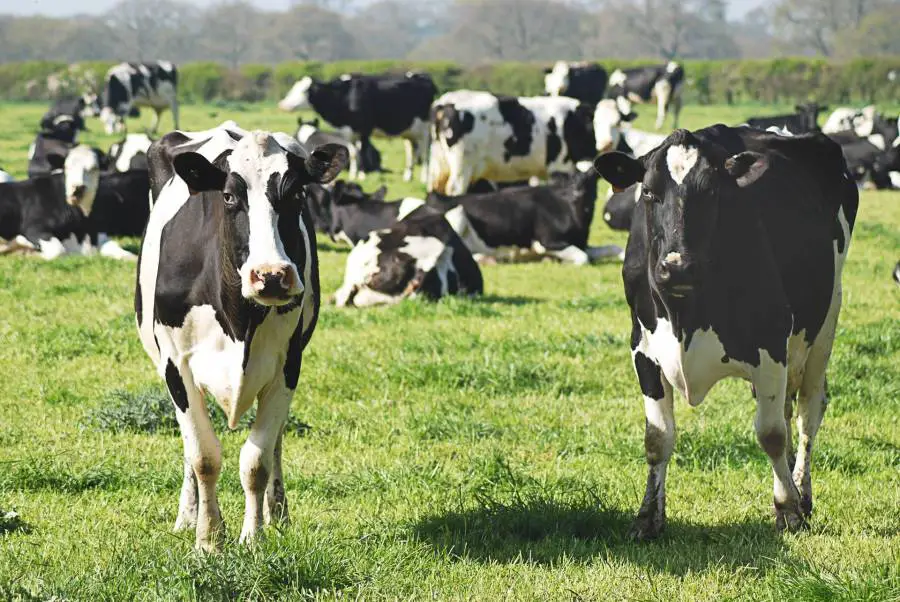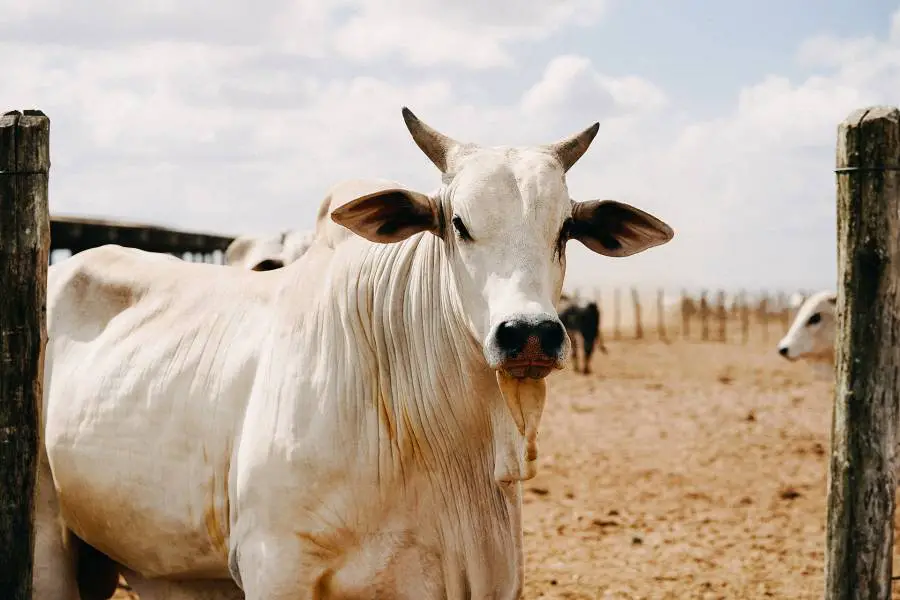Table of Contents
While cattle cannot infect humans with warts as they are only contagious among specific species, it can be a devastating experience for both the farmer and the cattle.

A contagious and infectious virus causes cattle warts. Infected cattle spread these warts to non-infected cattle.
In highly susceptible environments, farmers need to know the various methods of treating cattle warts, types, and how to identify the symptoms of these warts right from the onset.
Here’s How To Get Rid Of Cattle Warts
Cattle warts are caused by six strains of the bovine papillomavirus (BPV).
While these warts are harmless and often disappear on their own over a long period, there are numerous ways to get rid of them fast.
Cattle warts tend to attack vulnerable cattle under two years like calves because these have a weaker immune system than mature cattle.
Professionals have provided different suggestions for identifying and treating cattle warts.
Here are some tried and tested ways to get rid of cattle warts fast.
Surgical Removal
Cattle warts can be surgically removed using side cutters or scissors.
Surgical removal can cause bleeding, but this can be controlled using silver nitrate applicator sticks. Alternatively, you can use wound spray to control flies.
Surgical removal is highly recommended by professionals, mainly in cases where the warts are sufficiently objectionable.
It is also advisable to wait until warts have reached their peak before removing them. Surgical removal of cattle warts helps counter the chances of regrowth or recurrence.
Vaccines
While vaccines are technically a form of treatment since they intend to counter cattle warts or protect vulnerable calves from contracting the virus, they can be used to contain highly susceptible cattle warts environments.
Vaccines can also stimulate immunity by heightening the virus load within the bloodstream.
Vaccine boosters should be administered every three to five weeks after the initial dose.
You can get a papillomavirus vaccine from a veterinarian.
Inject your young cattle with 10ml of this vaccine in two different places in the neck region for optimal results.
For older cattle, increase the dose to 15ml. Repeat after 2-3 weeks to completely eradicate the outbreak.
Ligature
The ligature treatment is suitable for the removal of large pedunculated warts.
In this case, a ligature is tied around the base of the lesions and removed through pulling or crushing.
Often, ligature treatment is used as an alternative to surgical removal.
Ligature is usually an ideal treatment method for smaller warts and should be repeated severally until the affected calf develops complete immunity.
Wart Ointment
Wart ointment is an effective cattle wart removal.
Your veterinarian can advise on the best or most effective wart ointment depending on the size and severity of warts.
You may also use Vaseline as an ointment to cover mild cattle warts. In this case, apply the affected areas for a week or until they disappear.
There are also effective serums that can be applied to infected calves during the incubation period.
Control
Cattle warts are a vicious virus. Therefore, infectious and infected cattle should be quarantined from healthy stock to control the spread of the infection.
During control, husbandry practices such as yarding, dipping, and mustering should be kept bare minimum to contain warts outbreaks.
It is also advisable to enrich your cattle feed with minerals to minimize wart infections.
Research shows that cattle fed in food rich in minerals such as phosphorus, calcium, and sulfur suffer fewer wart outbreaks than cattle that do not get these nutrients.
So, make sure your cattle frequently feed on mineral blocks.

Tools To Remove Cattle Warts
Removal of cattle warts can be a daunting task.
However, some tools ensure that these warts are removed safely and effectively to avoid further spreading the virus in a given environment.
Two of the most effective tools are:
Scissors/Side Cutters
Scissors or side cutters are the recommended tools for surgically removing cattle warts. These tools are used to incise the affected area to remove warts.
Silver Nitrate Applicators
Surgical removal of cattle warts can cause bleeding.
However, silver nitrate applicators can control or contain bleeding before applying wound spray to avoid flies flocking the affected area.
How To Disinfect Tools For Removing Cattle Warts
The instruments and tack you have used on infected cattle should not be reused on other animals without being disinfected.
Even if the warts are not visible, infected cattle can still contaminate equipment.
Equipment like tagging or tattoo pliers can be reused on other calves, but only after being disinfected with 2-4% formaldehyde solution.
You can make a 2% solution by diluting 1 part of formalin in 18 parts of water. Similarly, for the 4% solution, dilute 1 part of formalin in 9 parts of water.
Before immersing the pliers in the formaldehyde solution, rinse off any tissue or blood. It is recommended that you maintain two sets of pliers to alternate between use.
It gives them adequate time to get adequately disinfected to kill the virus.
Rinse them before use, and always remember to wear gloves to protect your hands from the solution.
Symptoms Of Cattle Warts
Cattles with warts can be asymptomatic for several months. If undetected at their initial stage, these warts can grow viciously and visibly.
Untreated warts among cattle can slow a calf’s immune system and delay breeding, mainly if warts cause penile scarring on young bulls.
Some of the most common cattle warts are:
Lesions On The Skin Of The Animal
Cattle warts manifest in different parts of cattle under two years. However, the neck and shoulder regions are the most commonly affected areas.
Small or large lesions may also manifest in other areas such as teats and the penis.
If you are keen enough, you should manage to identify lesions as soon as they start to form and take the most convenient cause of action before they progress into sizeable warts.
Bleeding
It is not uncommon for animals with cattle warts to bleed. Often, bleeding happens when the warts are enormous, especially if they are knocked or rubbed.
Bleeding warts can pose health risks among affected animals, such as stunted growth and, in rare cases, death of the animal.
Recurring Bacterial Infection
In some instances, infected cattle may take one to twelve months before warts manifest. In this case, it may be challenging to detect oncoming wart infections.
However, a recurring bacterial infection is a sure indicator of warts.
Cattle warts are synonymous with recurring bacterial infections, especially if warts take a while to appear on the skin.
Takeaway
In most cases, BPV strains among cattle are mildly pathogenic and pose no significant health threat to cattle.
However, it is advisable to have cattle under two years monitored and treated against warts.
The virus seems to be prevalent among calves under two years, yet to form immunity against viruses.
On properties or ranches where warts are problematic, it is advisable to vaccinate calves right from the onset to safeguard them from infection.
It would be best to be proactive in checking for small warts before they become large and vicious.
